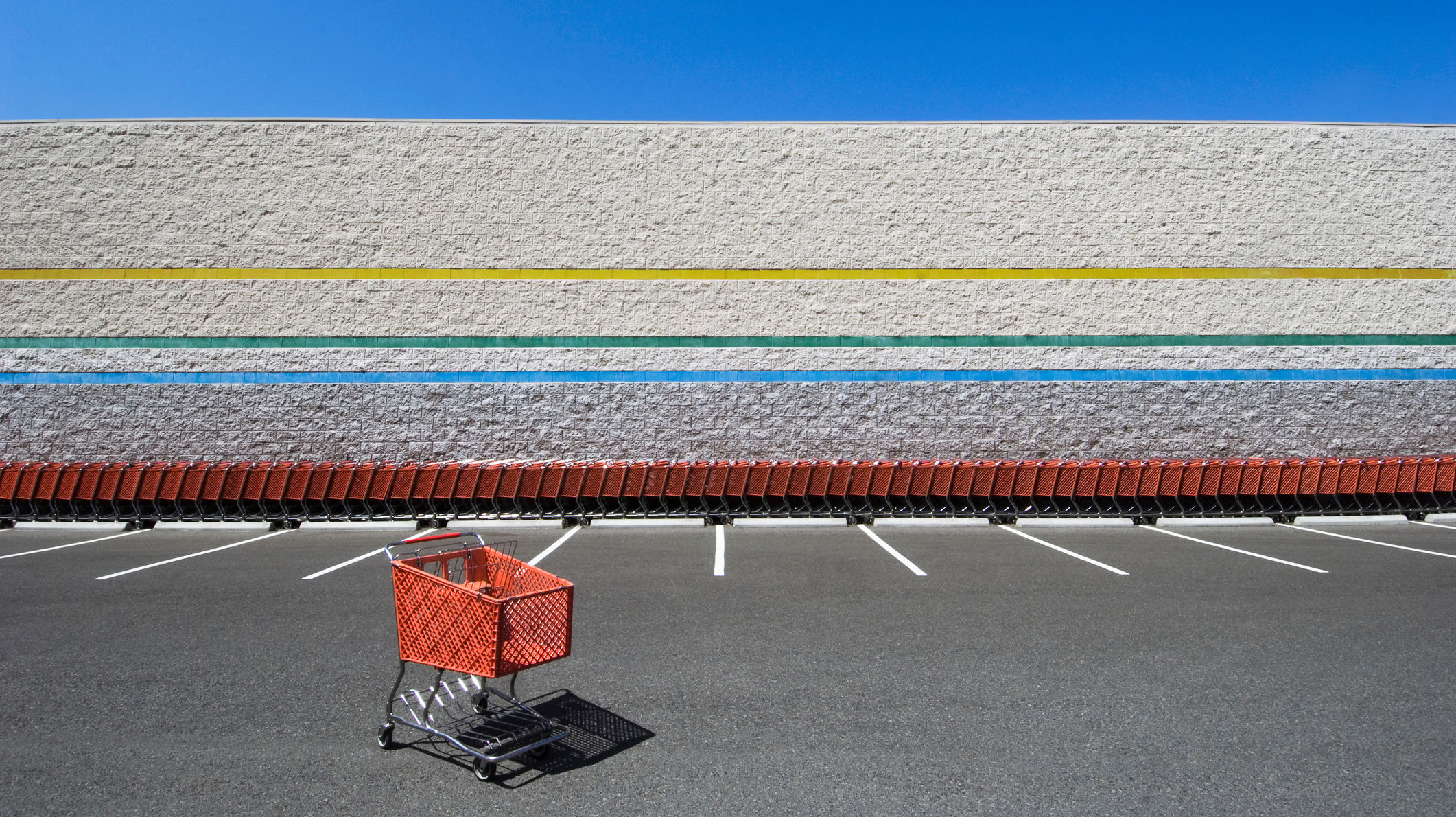As The Pandemic Rages, Some Foods Are Again In Short Supply
One of the major concerns surrounding the initial COVID-19 outbreak was that our food system—stretched thin by hoarders, wholesaler and distribution center closures, and virus outbreaks at factories—was teetering on the edge of collapse. While that didn't actually end up happening, it is true that many foods were in short supply, and now, with the outbreak on the rise in many parts of the country, people are once again finding some grocery store shelves bare.
As reported in a paywalled story at The Wall Street Journal, companies like General Mills, Campbell Soup Co., and Conagra Brands (which owns brands like Frontera, Marie Callender's, and Healthy Choice) are struggling to keep up with demand as shoppers, seemingly responding to COVID-19 outbreaks, buy up goods like pasta, flour, canned soup, and rice. And, as before, some items are in short supply due to challenges with manufacturing and distribution, which range from COVID-19 outbreaks at facilities (we're looking at you, Tyson ) to companies simply not being able to keep up with the sudden desire to bake bread and eat beans.
One thing that makes all of this particularly challenging, short of the inability to find ramen noodles, is that it's hard to tell how big of a deal this all is. Back in April Bloomberg urged people not to hoard, while Tyson Foods, inversely, went full apocalypse, with their chairman dramatically saying, "The food supply chain is breaking" (emphasis mine), presumably while shutting the door of his hermetically sealed titanium bunker to prepare for the starving hordes to turn America into one big Thunderdome. As for the rest of us, this news probably means that we should grab a few extra cans of tuna or beef jerky (assuming we're into that sort of thing), as prices may rise and it might be hard to get some items that were once commonplace.
